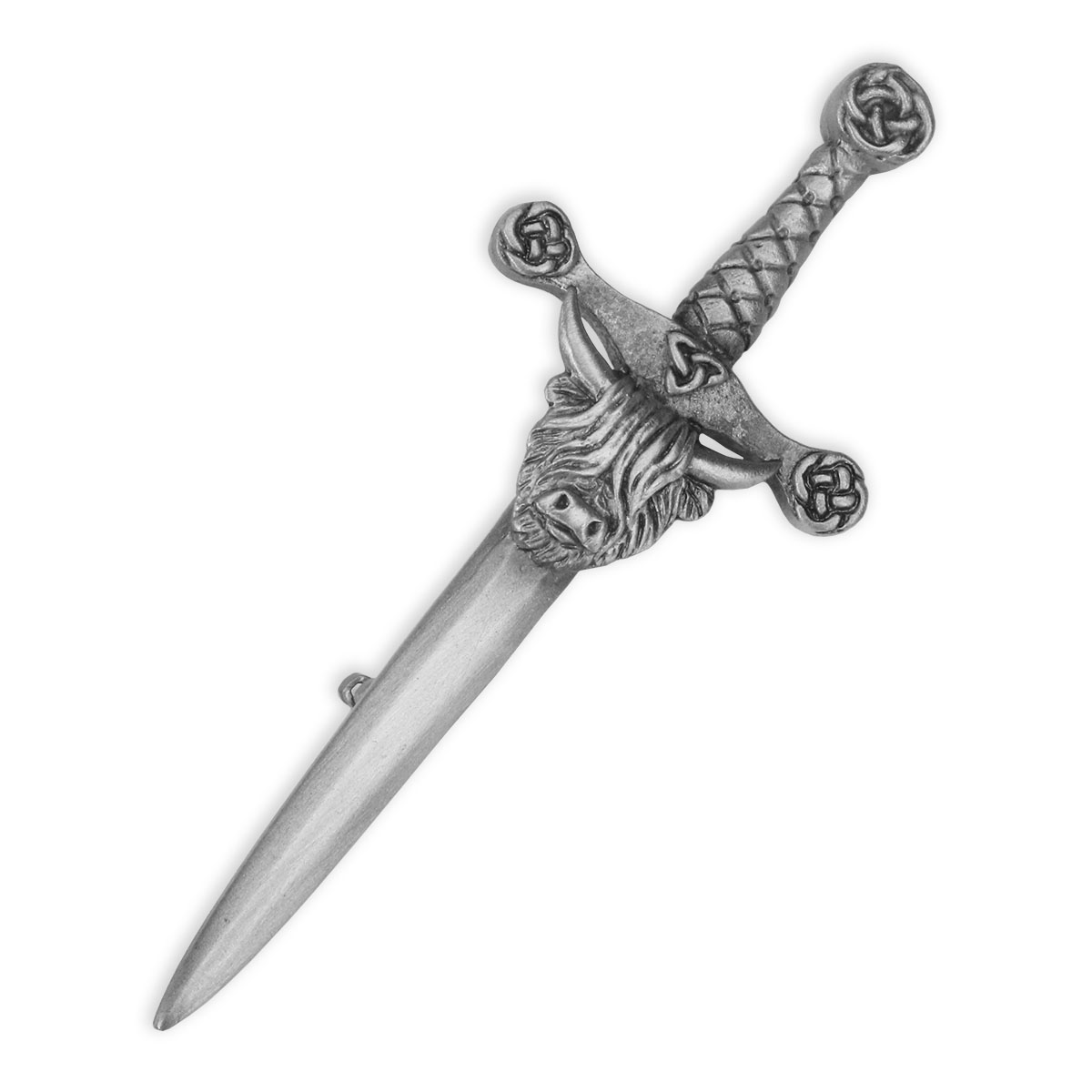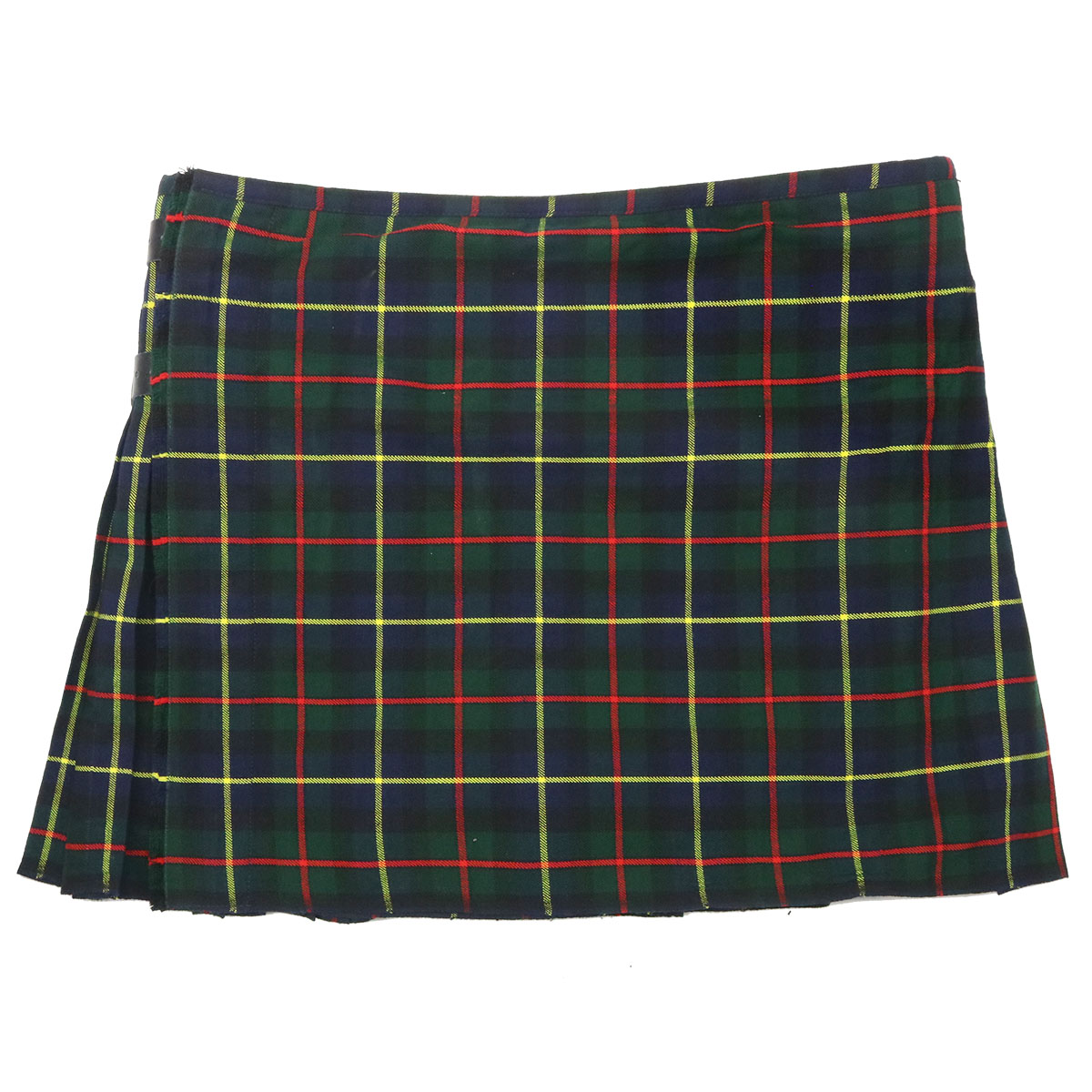Originally published November 2012
Alexander Selkirk

Alexander Selkirk was born in 1676, and was the real-life inspiration behind the novel Robinson Crusoe. He was the seventh son of a shoemaker from Largo, Fife in Scotland. He is described as a “spoiled and wayward boy” who “frequently engaged in mischief of one kind or another.” He rebelled against his disciplinarian father, not wanting to take on his trade. At the age of 17 was called to appear before the Kirk Session (A council of elders in the local Presbyterian church) for “indecent behaviour” in church.
But being a seventh son his mother thought he would be a lucky boy and encouraged him to find his fortune at sea. He failed to appear at the Kirk Session having shipped out, and by 1703 he was sailing with an English privateer, William Dampier who had made him the Sailing Master (an officer trained in and responsible for the navigation of a ship) of a galley the “Cinque Ports” a companion vessel to Dampier’s own ship the, “St. George”. They sailed off to capture Spanish treasure galleons, or failing that, cruise the coast of Peru to capture gold ships headed for Lima and plunder towns along the coast.
A Pirate’s Life
A delay in sailing meant that they lost their chance to go after the galleons, but with promises of other booty to be had the crews sailed off to find a town to plunder on the Spanish Main. But, several of the crew came down with a fever and Charles Pickering, the captain of the Cinque Ports died and was buried on an island where they had stopped for water. Pickering was replaced as captain by his lieutenant, a Mr Stradling.
A few days later the ships were anchored off of the Juan Fernandez Islands gathering supplies and a quarrel broke out between the Stradling and his crew. The argument was so heated that 42 of the 60 crewmen left the ship almost deserted and stayed on the island for two days and wandered up and down the island trying to decide what they were going to do. Captain Dampier was eventually able to reconcile the differences and convinced the crew to return to duty. They remained at Juan Fernandez to replenish supplies as there was a population of goats (that had probably been left to breed wild by previous ships) as well as cabbage palms, seals for food, and sea lions whose blubber could be rendered down to provide oil for their lamps.
They lived that way for a couple weeks until sails were spotted and all hands but a half dozen men who were on the west end of the island took sail aboard their two ships. The enemy turned out to be a French ship “mounting 30 guns well provided and manned.” They played cat and mouse with the French ship for several hours and St George finally came up on the enemy about eleven at night. The action continued all night, finally coming yardarm to yardarm around sun-up. For seven hours they struggled together until the fire from the French began to drop fall due to a lack of crew remaining to man her guns. But when nearly to the point of yielding and change in wind allowed the French to turn an run, leaving the St. George in no condition to follow. The Cinque Ports had been left behind by the wind and only fired perhaps a dozen shots after being left astern.
For several months they harried French and Spanish ships and they made for Juan Fernandez again for supplies and to make repairs. The officers and crew had continued to argue over captured prizes and whether to continue the chase after certain enemy ships over the month they stayed at Juan Fernandez that Selkirk had decided to leave the ship, no matter the cost. He was put to shore at the island of Aguas Buenas (Renamed “Isla Robinson Crusoe” by the Chilean government in 1966 in hopes of encouraging tourism) with his effects, but in a panic at the realization of being left alone he ran into the water to hail them back. His cries were in vane, as Stradling informed him that he considered Selkirk’s demand to be left behind as mutiny. One of Selkirk’s arguments was a concern over the seaworthiness of the Cinque Ports and his fears were confirmed when the ship eventually foundered off the coast of what is now Columbia.
Stranded
He at least had some equipment: a knife, a hatchet, a musket with one pound of powder, a chest of linens, two books on navigation, a Bible, a tin pot, some tobacco, and a flask of rum. Selkirk remained lived near the shore eating shellfish and scanning the horizon ships until the raucous sea lion mating season forced him inland. This actually was an improvement as he could live off of meat and milk from the feral goats as well as wild turnips and cabbage. One of the drawbacks of living further inland was the rats who would raid his huts at night. But he succeeded in partially domesticating some feral cats who he was able to get to live close enough to him to keep the rats at bay.
When his powder started running low he took to conserving it by chasing down the goats. This resulted in him falling off a cliff, and lying unconscious for the better part of a day. Over the course of the next four years two ships did stop at the island, but they were Spaniards, and Selkirk was forced to hide for fear of execution or enslavement as a captured privateer. He told a story of hiding in a tree while one of the Spanish sailors below him urinated on the trunk.
in 1709 his rescuers found him “clothed in a goatskin jacket, breaches and cap, sewed together with thongs of the same.” After using his knowledge of the island to help the crew of the his rescuers resupply, he spent another two years as a privateer, even taking command of a prize ship, before returning to Britain.
In 2008 archeologists were able to locate what is believed to have been Selkirk’s camp on the island Aguas Buenas, including post holes indicating the two huts that he built. “The most compelling evidence is the discovery of a fragment of a pair of navigational dividers which could only have belonged to a ship’s master or navigator.” David H Caldwell, National Museums Scotland, is pleased with the results of the dig: “The evidence uncovered at Aguas Buenas corroborates the stories of Alexander Selkirk’s stay on the island and provides a fascinating insight into his existence there. We hope that Aguas Buenas, with careful management, may be a site enjoyed by the increasing number of tourists searching for the inspiration behind Defoe’s masterpiece.”
A 19th century biography The Life and Adventures of Alexander Selkirk can be read for free online through Google Books or can be downloaded to the free Google Play Books app for mobile devices




